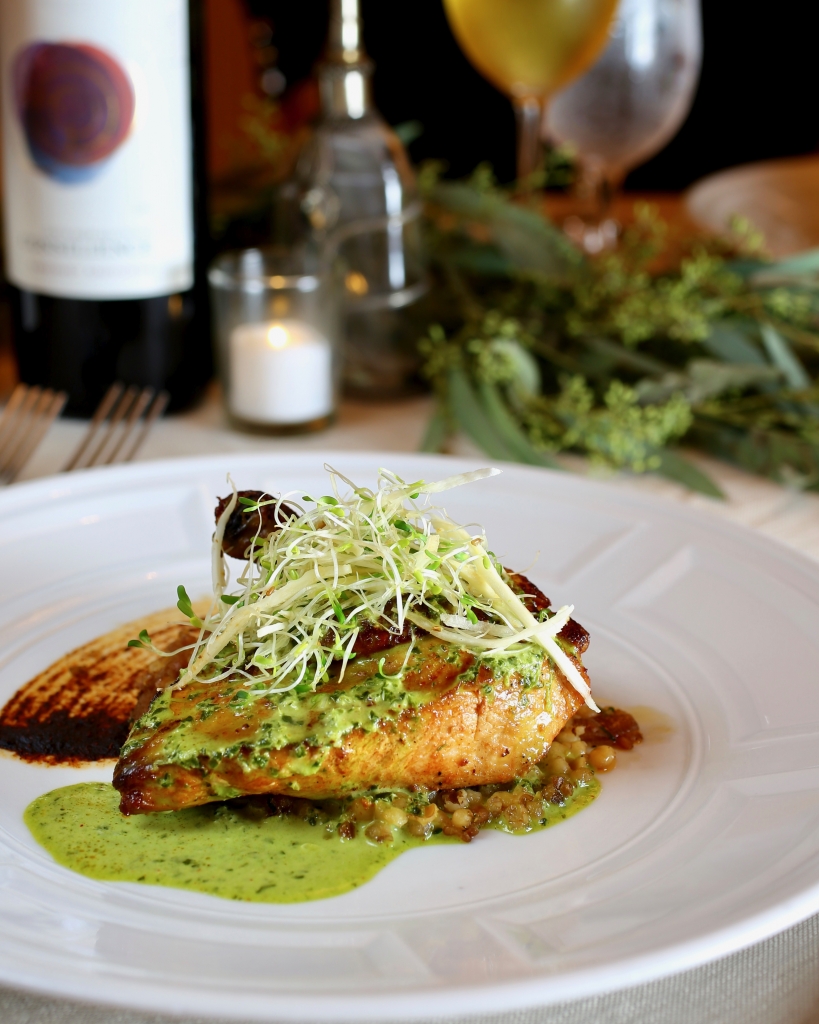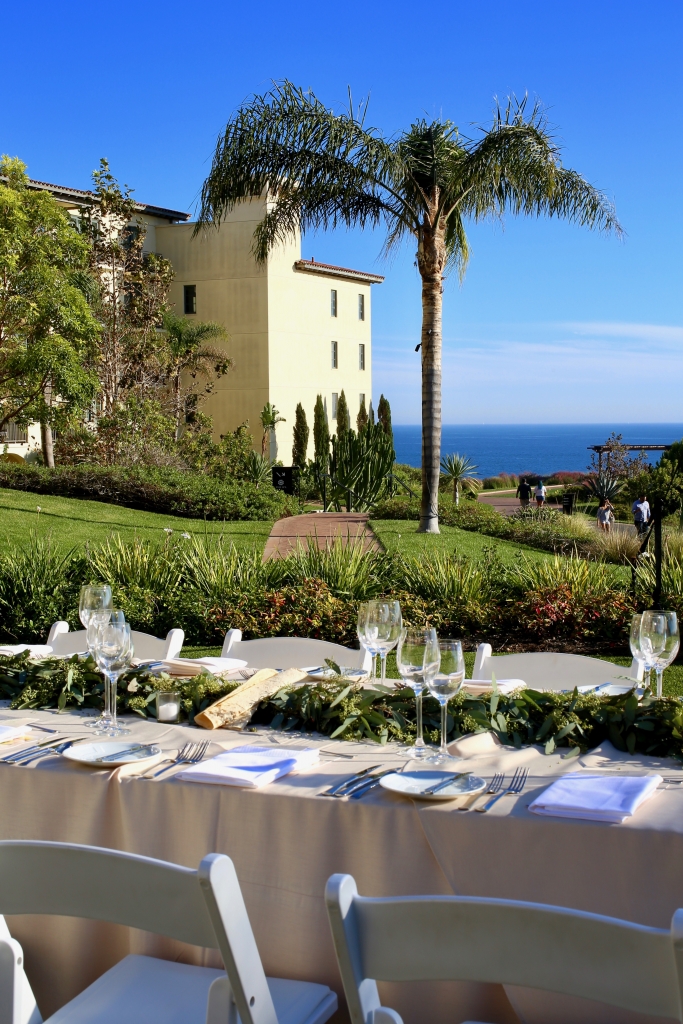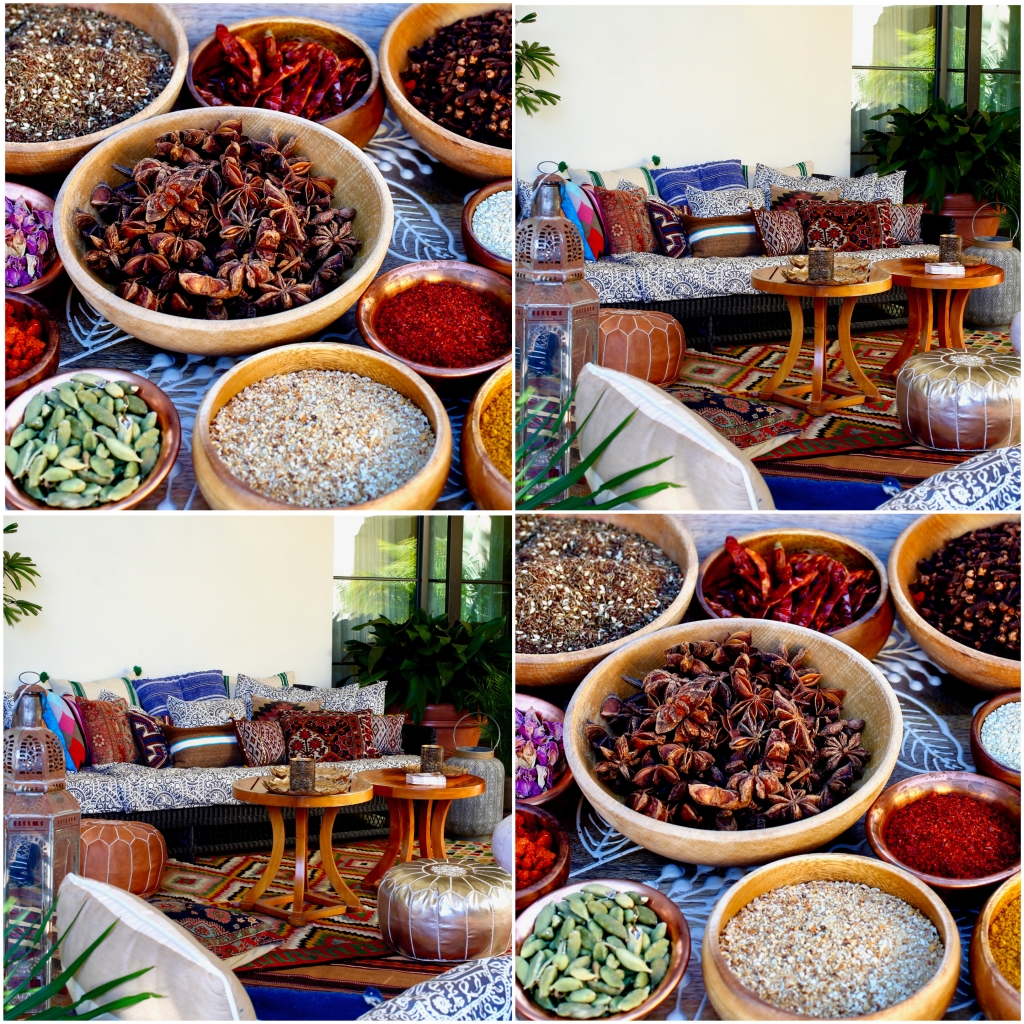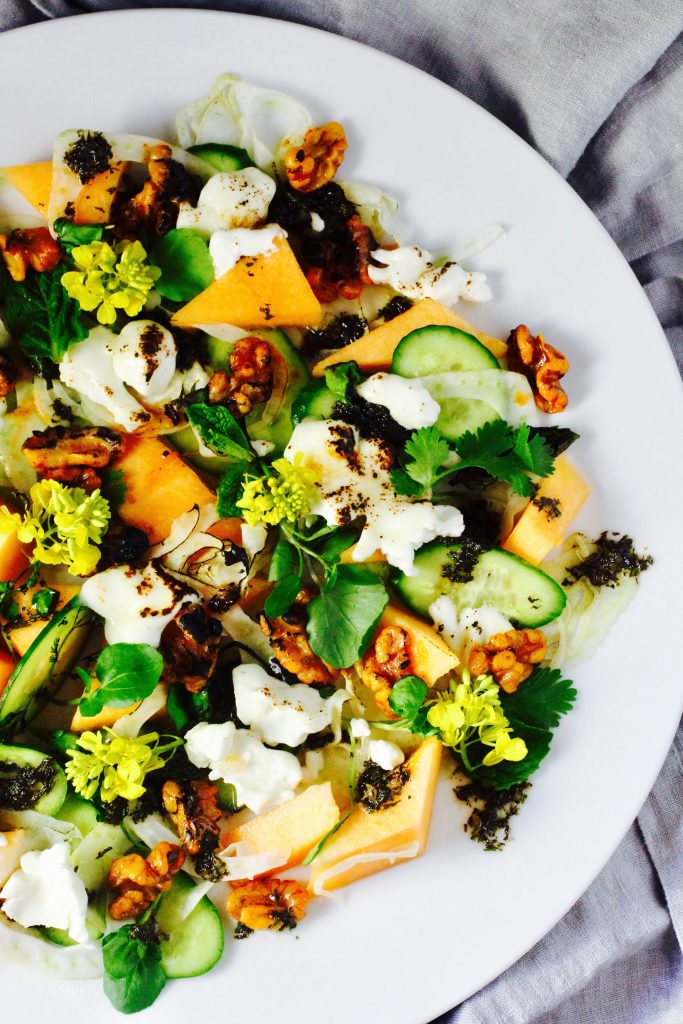
Seared Moroccan Spiced Free Range Chicken
House Dried Fruit, Bulgur, Catalina Farm Vegetable Couscous
Salted Lemon Vinaigrette, Fez Spice Mix Paint
The Palos Verdes Peninsula Land Conservancy in partnership with Terranea Resort and Whole Foods Market recently hosted their annual Palos Verdes Pastoral Garden-to-Table Dining Experience. This year’s super-successful event highlighted foods and flavors native to Mediterranean Climate Regions.
Terranea Resort Executive Chef Bernard Ibarra showcased the best of California handcrafted, organic, and sustainable food and wine unique to our California climate, 1 of only 5 Mediterranean Climate Regions in the world.
These include the Mediterranean Basin, California, Central Chile, Western South Africa, and South and Western Australia. While comprising only 2% of the earth’s surface, these regions are home to 20% of the earth’s plant species.
Chef Bernard takes advantage of this biodiversity in his menu. The Chicken Course alone featured Mediterranean herbs, spices, fruits and vegetables including chili, cumin, coriander, fennel, paprika, honey, olive oil, lemon, rosemary, thyme, turmeric, bulgur, couscous, parsley, almonds, apricots, mustard, saffron, squash, and, of course wine.
The Chef graciously shares his recipe for Seared Moroccan Spiced Free Range Chicken below.

See the entire menu and read about the fabulous 2017 Palos Verdes Pastoral Dining Experience and the important work of the Palos Verdes Peninsula Land Conservancy here.

Moroccan Spiced Free Range Chicken Recipe
by Chef Bernard Ibarra
Continue reading “Chef Bernard Ibarra’s Moroccan Spiced Free Range Chicken”

